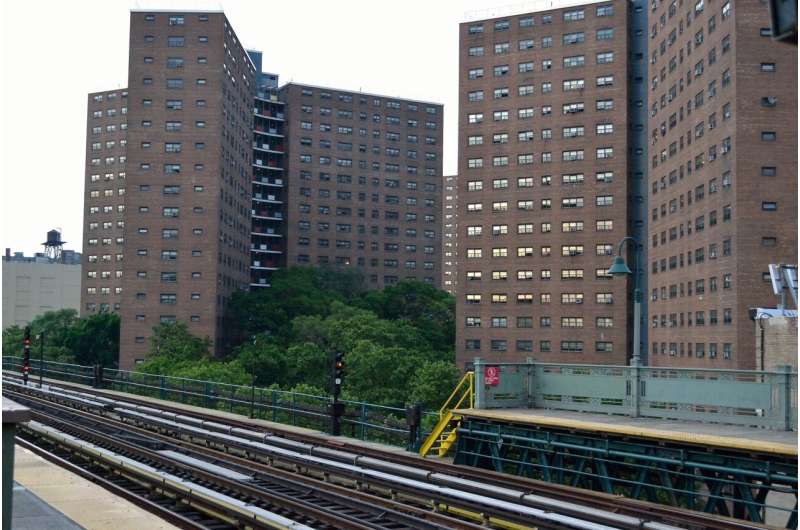How Historical Redlining Increases Breast Cancer Risks and Impacts Survival

New research links historic redlining policies to increased breast cancer risks and lower survival rates in affected U.S. neighborhoods, highlighting ongoing health disparities rooted in racial and socioeconomic segregation.
Recent research from the University at Buffalo highlights the persistent effects of redlining—a discriminatory federal policy from the 1930s—on breast cancer risk factors and survival rates among women today. Redlining involved grading neighborhoods from A to D based on racial, ethnic, and socioeconomic composition, with the lowest grades (D) marked in red and considered hazardous. Although outlawed in 1968, its legacy continues to influence community health.
The studies reveal that women living in historically redlined neighborhoods face higher exposure to environmental hazards, such as pollution and industrial waste, alongside limited access to healthcare, quality education, and economic resources. These factors create a challenging environment for breast cancer prevention and treatment.
Specifically, the research shows a link between redlining and poorer breast cancer survival outcomes. Women residing in neighborhoods graded D have a 64% higher risk of death within five years of diagnosis compared to those in A-rated areas. Furthermore, higher redlining grades correlate with increased prevalence of aggressive cancer types, metastatic disease, and other unfavorable prognostic factors.
The spatial analysis indicates that high-risk breast cancer factors are more concentrated in redlined communities across the U.S. These neighborhoods typically have lower educational attainment, higher rates of physical inactivity, and reduced access to mammography screening. Regional differences also exist, with the South showing a need to address obesity and smoking, while the West could benefit from improved access to medical care.
Experts emphasize that redlining's influence penetrates the design of American cities, affecting environmental quality and socioeconomic resources—contributing to a 'perfect storm' for breast cancer disparity. The findings advocate for targeted interventions and policy efforts to improve health equity in these historically marginalized communities.
For further details, the studies are published in Cancer Epidemiology, Biomarkers & Prevention and Cancer Causes & Control. These insights underscore the importance of addressing historic structural inequalities to improve breast cancer outcomes.
Source: https://medicalxpress.com/news/2025-05-redlining-storm-breast-cancer.html
Stay Updated with Mia's Feed
Get the latest health & wellness insights delivered straight to your inbox.
Related Articles
The Rise of Commercial Investment in Medical Imaging: Key Concerns
An expanding industry of private investments in medical imaging raises concerns about reduced competition, overuse of costly scans, and the influence of profit motives on healthcare quality. Learn about the key issues and the need for safeguards to protect public health.
Publix Recalls Baby Food Due to Potential Lead Contamination
Publix has recalled its GreenWise Pear, Kiwi, Spinach & Pea Baby Food pouches due to potential lead contamination, highlighting ongoing safety concerns in baby food manufacturing.
Impact of Brazil's Bolsa Família Program: Significant Reductions in Hospitalizations and Deaths Over Two Decades
A comprehensive study demonstrates that Brazil's Bolsa Família Program has significantly reduced hospitalizations and deaths over 20 years, with potential for even greater impact through expansion. The program plays a crucial role in health equity and achieving Sustainable Development Goals.
Improving Dental Health in U.S. Adolescents: The Impact of School-Based Fluoride Programs
School-based fluoride varnish programs have proven effective in reducing cavities among U.S. children, offering a vital preventive approach in public health dentistry.



